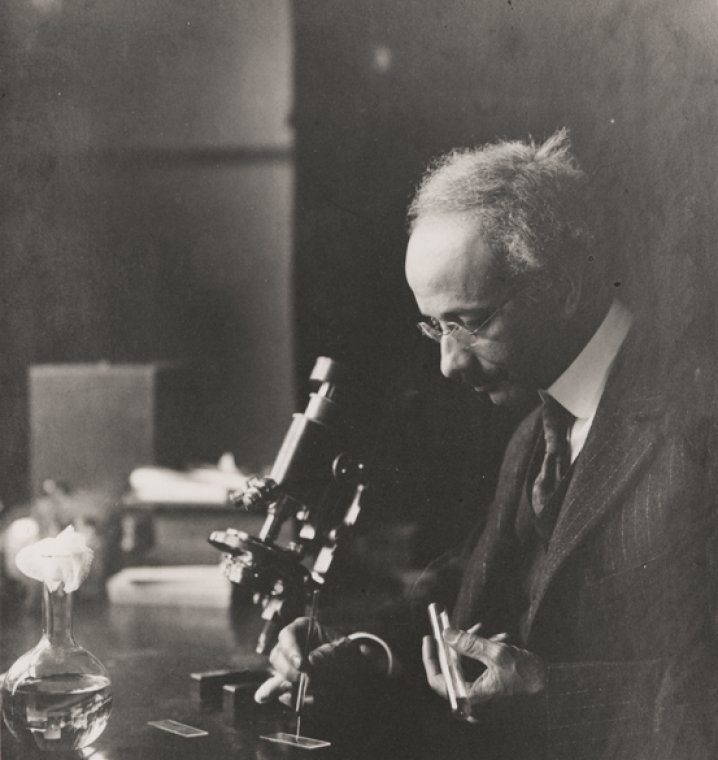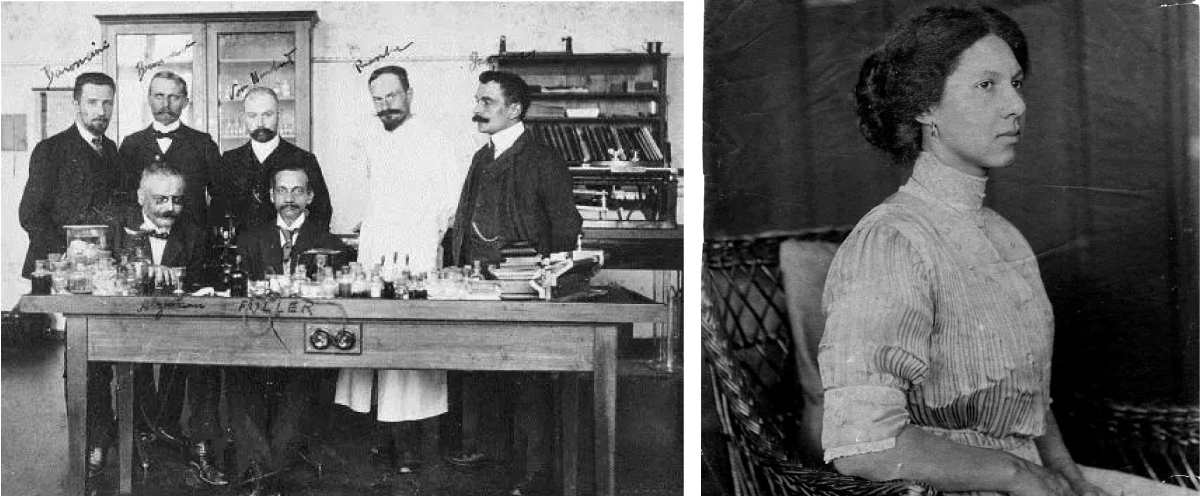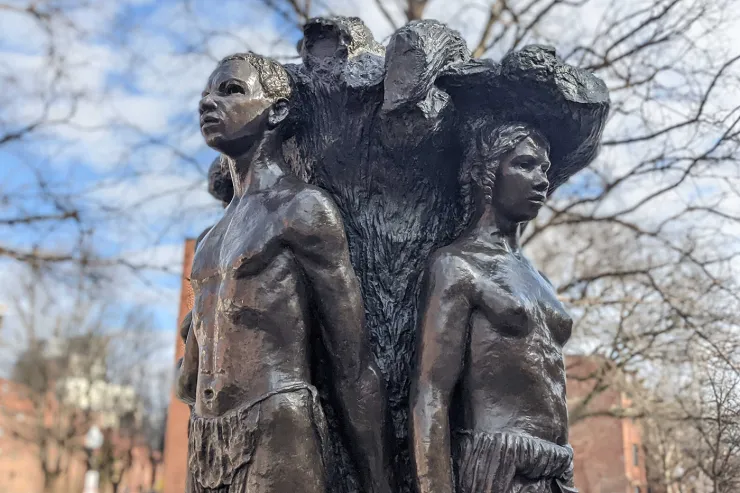THE ORIGINS OF OUR SEARCH FOR A CURE
As we pause to contemplate Black History Month, we honor Dr. Solomon Carter Fuller, whose contributions to the very beginning of our understanding about the illness that would come to be known as Alzheimer’s disease are momentous. He was there, working with Dr. Alois Alzheimer, when the potential role of amyloid plaques and neurofibrillary tangles was first recognized—creating a separate line of understanding from arteriosclerosis, which was the assumed cause at that time for presenile dementia.
His life is noteworthy by any standard. Taking into account his childhood in Liberia, where he was raised by the son of former Virginian slaves and the daughter of medical missionaries, it is truly extraordinary. His educational path and commitment to help people began with preporatory school in Monrovia, continued with higher education at Livingstone College in North Carolina and Long Island Medical School, and ultimately led to a novel research program at the Royal Psychiatric Hospital at the University of Munich at the invitation of Alois Alzheimer.

Photographs courtesy of the NYC public library.
Returning to the United States for the balance of his career, he practiced at Westborough State Hospital in Westborough, Massachusetts before joining the faculty at Boston University School of Medicine.
Shortly after his arrival in Westborough, he met—and later married—Meta Vaux Warrick, an internationally acclaimed sculptor. Meta studied in Paris, where she became the protégé of Auguste Rodin. Returning to the United States, the power and emotionality of her work placed her at the front of the Harlem Renaissance, an intellectual and cultural revival of African American music, dance, art, fashion, literature, theater, politics, and scholarship centered in New York City.

Photographs courtesy of the NYC public library.

From left to right: Talking Skull by Meta Vaux Warrick Fuller. Photograph courtesy of Museum of African American History.
Danse Macabre, 1914. Maquette for Ethiopia (later known as Ethiopia Awakening) by Meta Vaux Warrick Fuller (1877–1968), 1921. Photographs courtesy of the Danforth Art Museum.
Solomon and Meta had three children, and lived out their lives in Framingham, Massachusetts. His legacy is recognized by The Dr. Solomon Carter Fuller Mental Health Center at Boston Medical Center, and the American Psychiatric Association’s Solomon Carter Fuller Award. Meta’s sculpture has been featured at the Crocker Art Museum in Sacramento, California and at the Danforth Museum at Framingham State University; her work titled Emancipation is the feature of Harriet Tubman Square in Boston.

Emancipation Declaration statue by Meta Vaux Warrick Fuller. Photo by Hannah Moore/Northeastern University.
Solomon Carter Fuller is an instrumental and inspirational figure in the ongoing work we do, day by day, to find a cure.


